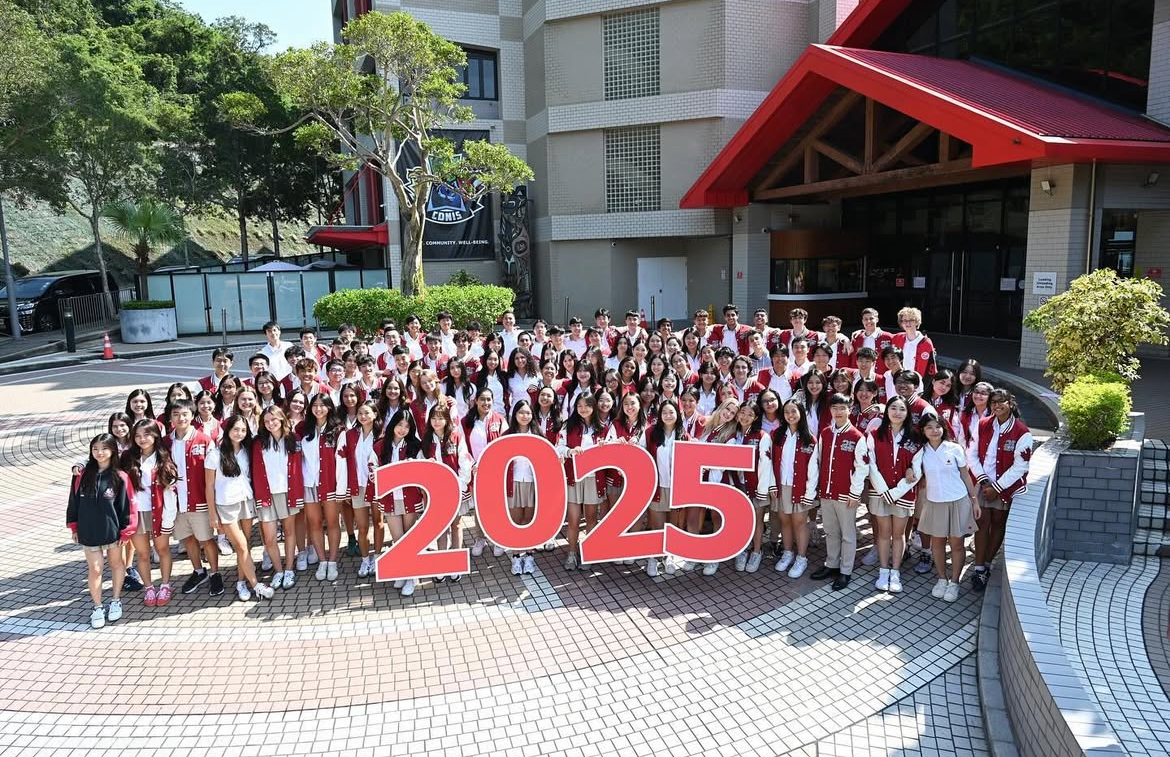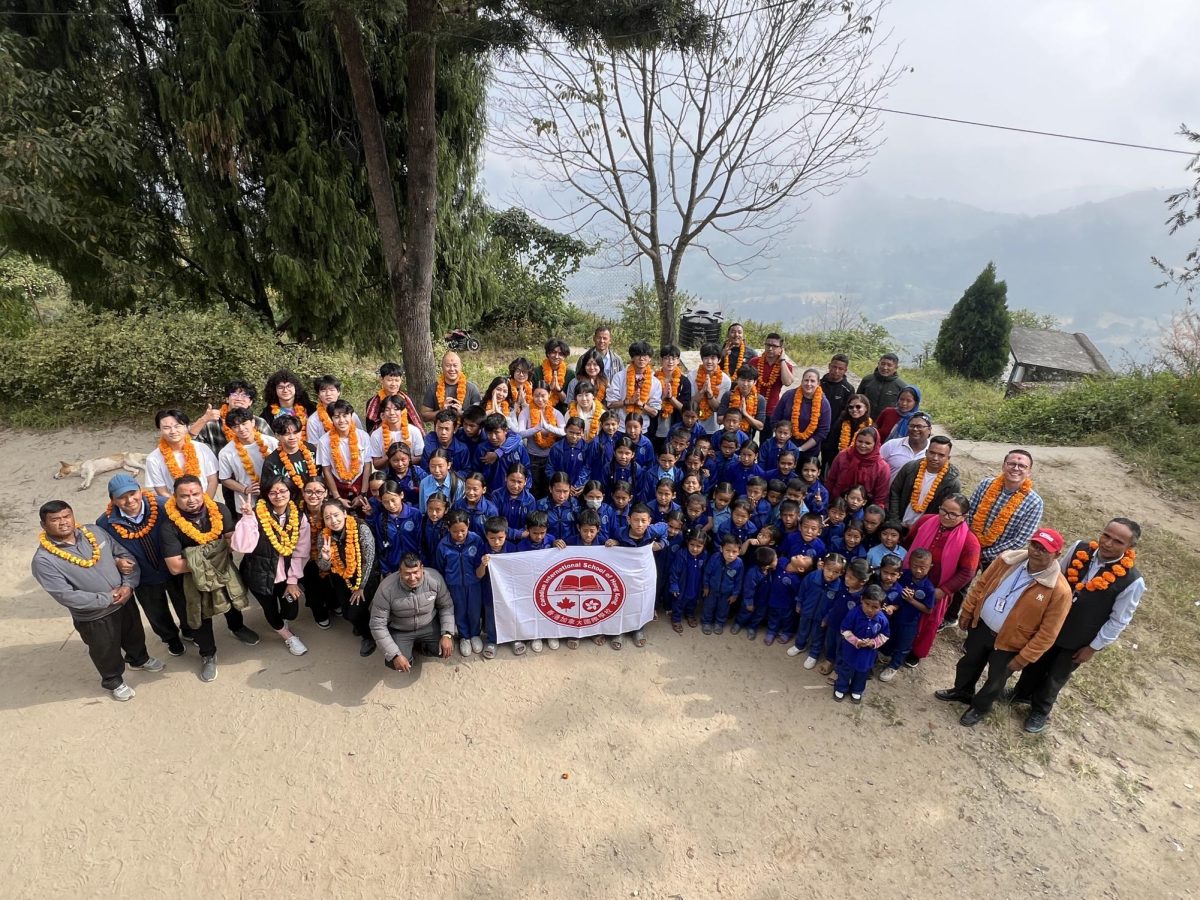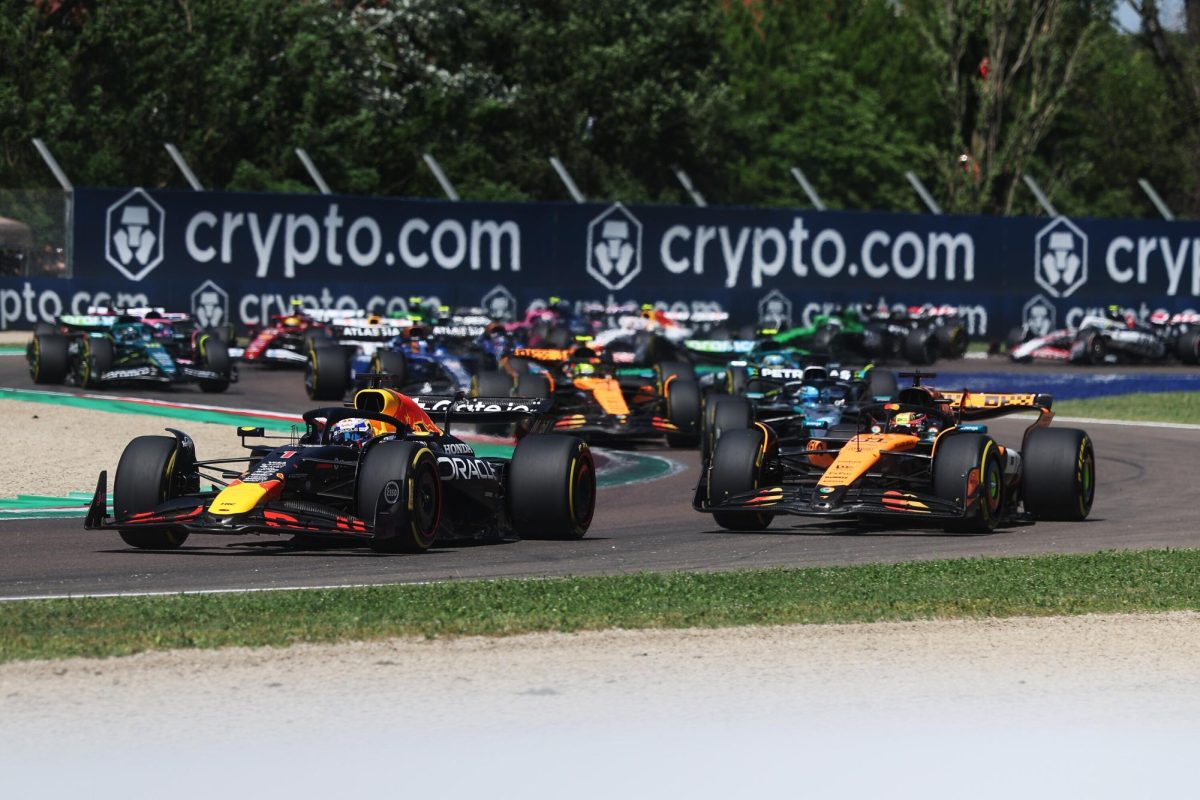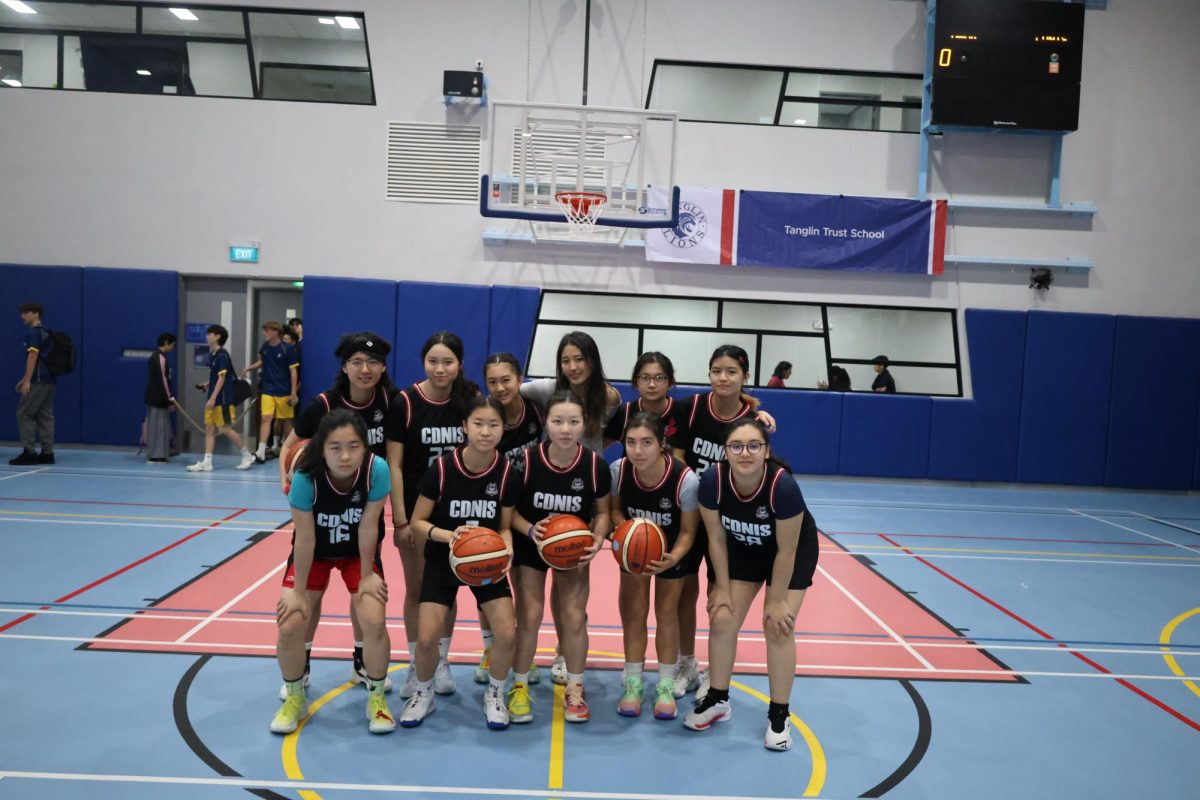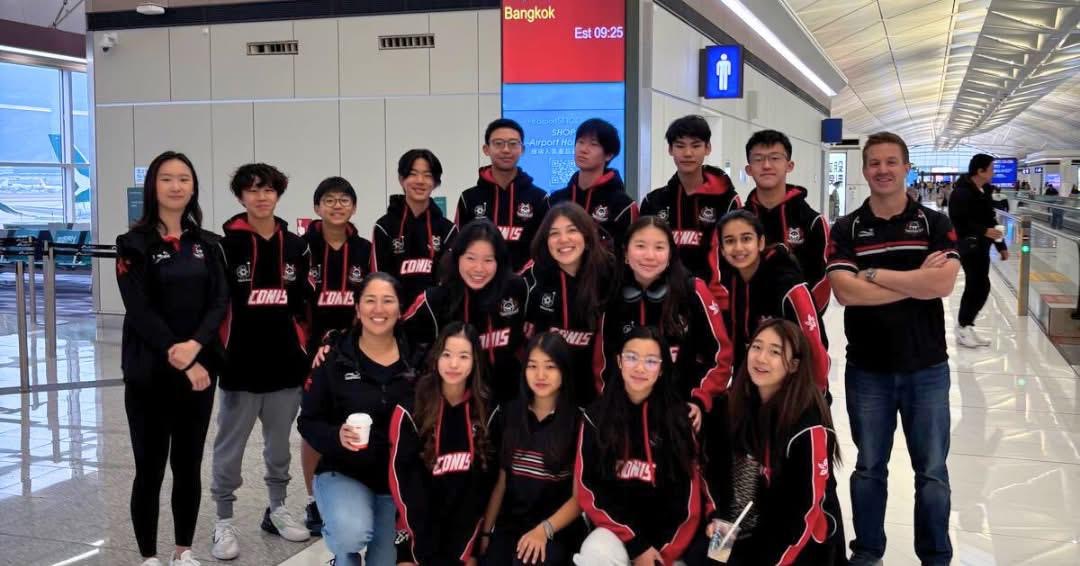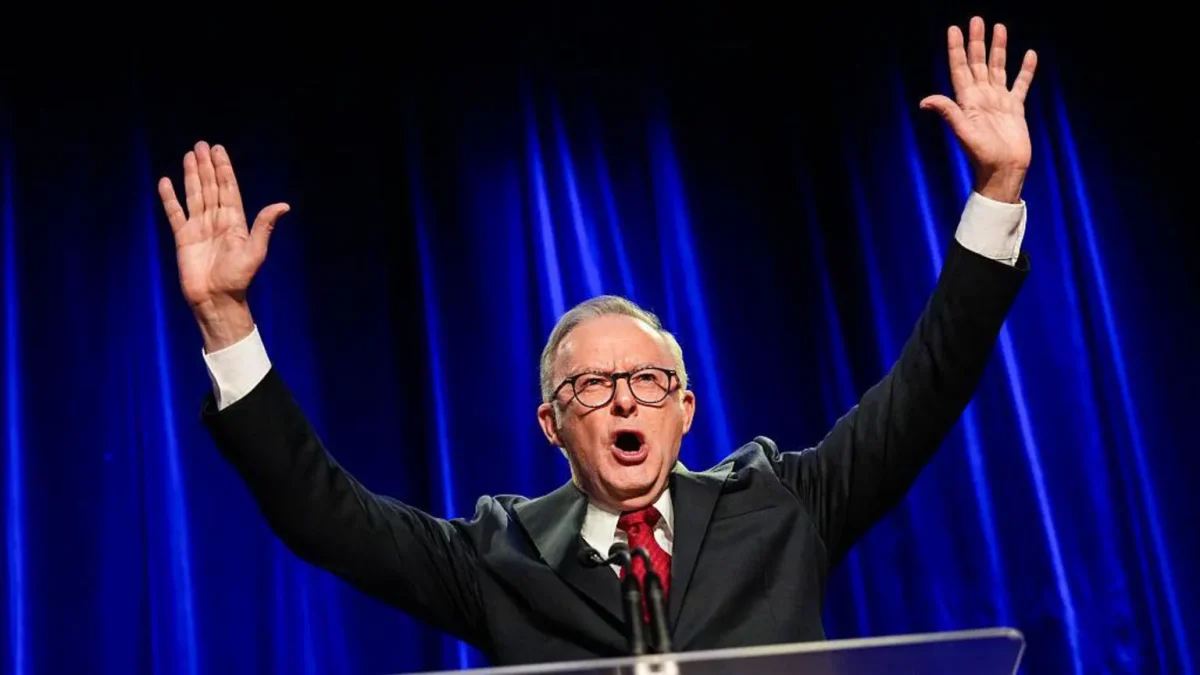
This article was written in early October 2023.
The conflict between Azerbaijan and Armenia over the Nagorno-Karabakh region, which dates back to the late 1980s, has recently come back to light in both news headlines and CDNIS DP Global Politics classrooms, due to the large-scale military offensive launched by Azerbaijan on September 19. This article hopes to shed light on the background of the conflict and the implications of the historical events involved.
The conflict began in 1988 after the regional legislature decided that the region would officially become a part of the Republic of Armenia, despite it being located in Azerbaijan. This ignited disputes between the two states, which had pre-existing ethnic tension between them. Although this legislation only served to raise tensions, conflict was effectively minimised through Soviet control over the two states. However, when the USSR fell in 1991, Nagorno-Karabakh declared independence while war broke out between Armenia and Azerbaijan. The war lasted for three years, causing roughly 30,000 casualties, until a ceasefire agreement was reached through Russian aid. This event left the region independent with its own government while still heavily reliant on Armenia.
Although tension still remained, it was largely subdued within the region until 2020 when Azerbaijan violated the 1994 ceasefire agreement and launched an offensive, initiating the second Nagorno-Karabakh war. The war ended in another ceasefire agreement after Azerbaijan captured the second-largest city in Nagorno-Karabakh, giving them greater control within the region.
After the 2020 ceasefire agreement brokered by Russia, the region experienced an unusual period of relative calm. Despite international efforts to maintain such peace, the situation remained fragile and tensions persisted along the borders. Incidents of periodical violence and confrontations became a recurring and growing concern throughout 2022. As such, the demand for humanitarian aid became increasingly pressing and thousands of civilians became displaced, including children and families who face uncertain futures. Access to basic human necessities such as food, usable water, and medical care was also increasingly diminishing in conflict-affected areas. This crisis, unfortunately, was often overshadowed by geopolitical interests: powerful countries and international actors prioritised their own strategic interests when dealing with the conflict, underscoring the urgent need for a lasting solution.
In 2023, the region was subject to an international attempt at peace. Under the mediation of the Organization for Security and Cooperation in Europe, discussions aimed to address the key areas of conflict such as borders, refugees and the overall status of Nagorno-Karabakh were held. Despite this attempt, progress was slow due to both sides showing little willingness to compromise on their demands.
Furthermore, in 2023, international diplomacy has been instrumental in upholding a sense of stability within the region. World leaders urged both nations to engage in peaceful negotiations. The Minsk Group — co-chaired by France, the United States and Russia — remained a participant in the conflict and sought a peaceful resolution. The consensus among the international community was that any solution involving further military action would only lead to more suffering and instability. As of today, many civilians caught in the crossfire are still a cause for concern, with many living in temporary shelters and facing constant food shortages.
Despite the efforts by aid organisations to provide relief, logistical challenges remain unsolved as a result of the volatile security situation. The future of the Nagorno-Karabakh region remains uncertain — until both Armenia and Azerbaijan can cooperate and participate in mutual negotiations, the people of Nagorno-Karabakh remain threatened and the conflict will remain unresolved.


